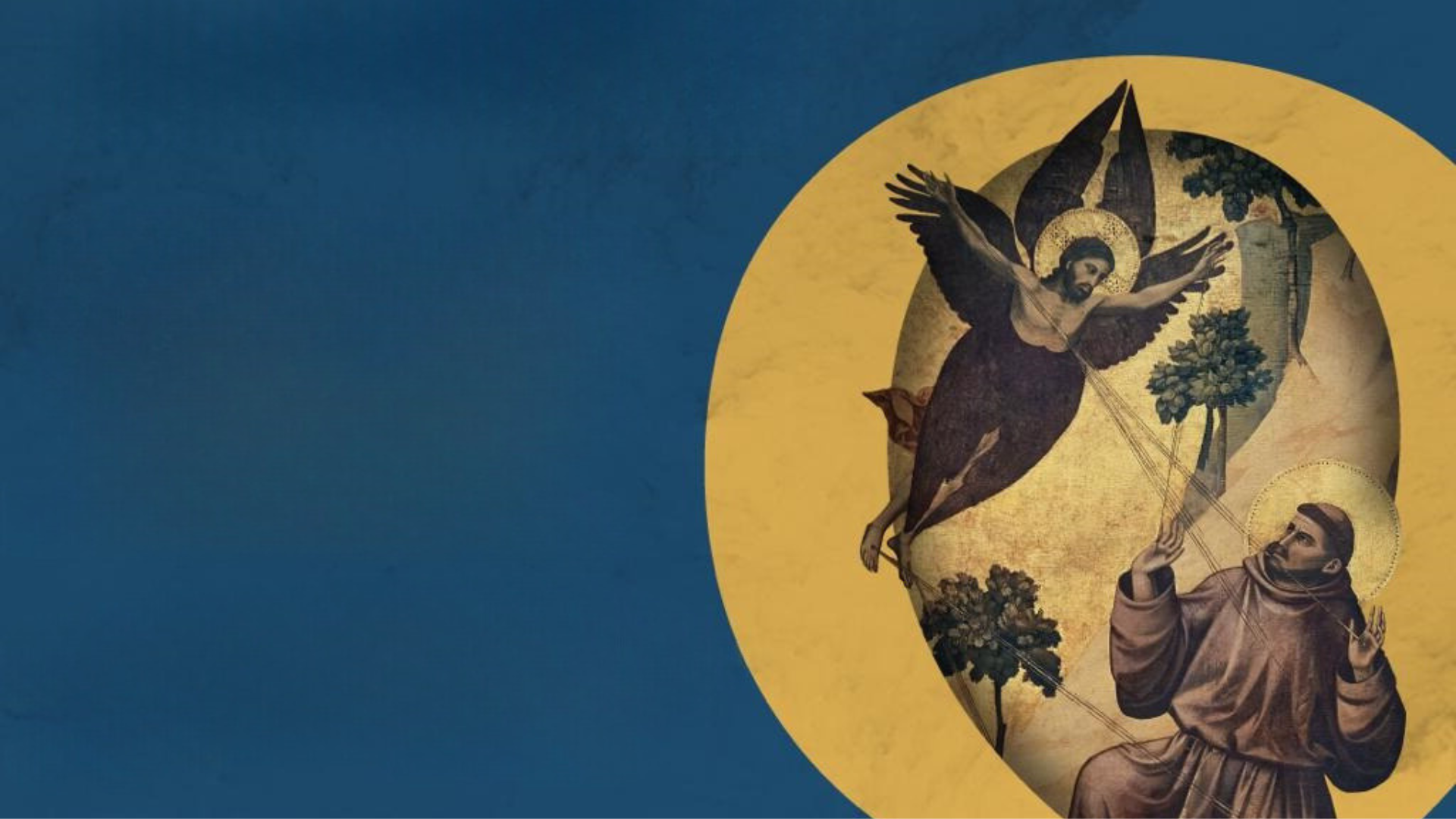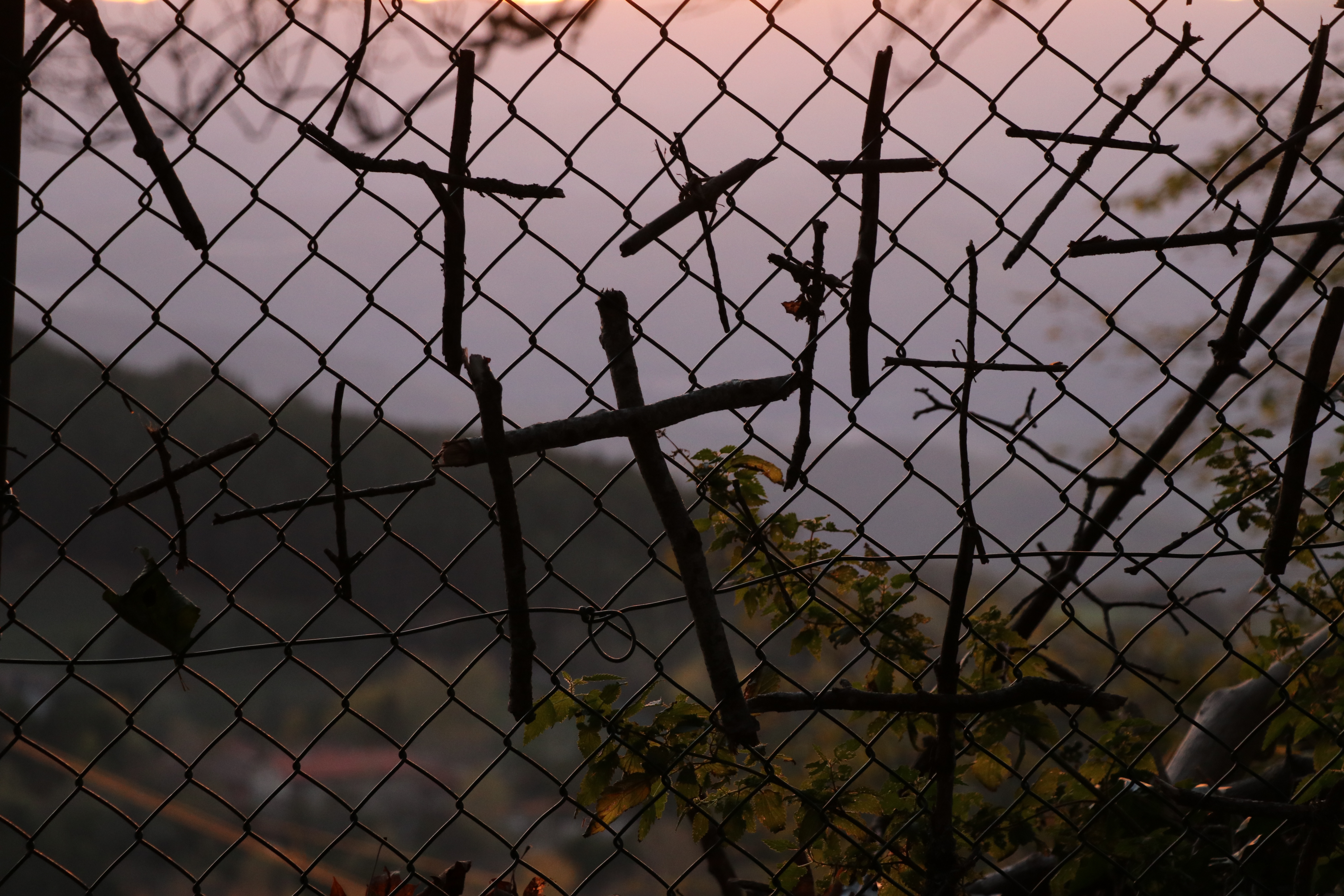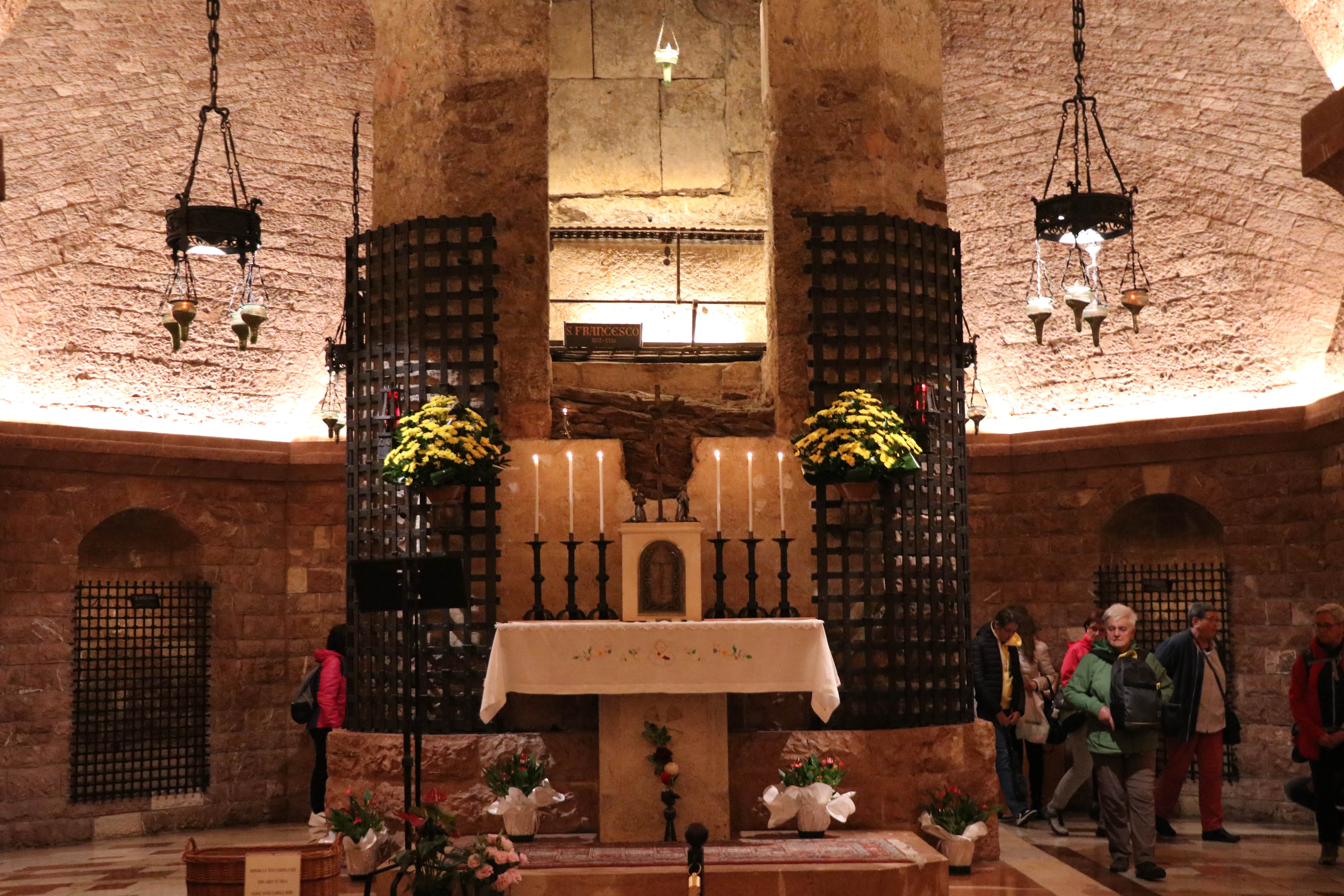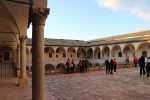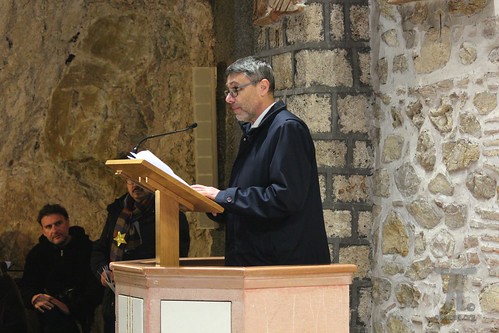The Basilica of St. Francis of Assisi, which enshrines the remains of the Saint, stands upon a hill that in the early 1200s was commonly known as the “Colle dell’Inferno” [Hill of Hell]. This was probably because it was a place where death sentences were carried out. It also functioned as a kind of city dump. Francis died in the Portiuncula church in the evening of October 3, 1226. His body was immediately brought within the walls of the City of Assisi and was buried in the Chapel of San Giorgio, which later became part of the Basilica of St. Clare and is known today as the Chapel of the Crucifix.
During the spring of 1227, the Colle dell’Inferno was donated to Pope Gregory IX. The pope ordered a basilica to be built there to house the body of St. Francis. Work began in the summer of 1227 and by the end of May, 1230 Francis’ body was solemnly transferred to the new basilica and placed below the main altar. The pope proclaimed the new Basilica as the “Caput et Mater” [Head and Mother] of the entire Order of Friars Minor.
The architectural planning was entrusted to Brother Elias of Cortona, a companion of St. Francis and the Minister General of the Order of Friars Minor. Brother Elias ordered the construction of a lower basilica, intended as a crypt, and an upper basilica, in Gothic style, for large celebrations. The upper basilica was erected immediately after the lower basilica.
Great artists were called to fresco the walls of this complex, such as Cimabue, Giotto, Simone Martini, and Pietro Lorenzetti. They painted stories from the life of Christ and characters from the Old Testament as well as images of St. Francis and other saints. On the vaults above the main altar of the lower basilica, painted by Giotto, we find the Glory of St. Francis depicted along with allegories of the religious vows of poverty, chastity and obedience.
The side walls of the upper basilica feature twenty-eight large frescoes showing scenes from the life of St. Francis. These are attributed to Giotto and his collaborators.
In the post-Napoleonic era, excavations were made to determine the exact burial place of St. Francis and conduct a recognition of his body. Thus, the crypt was built, which was later reworked in the neo-Romanesque style we see today. Since then, the millions of pilgrims, tourists and devotees who visit Assisi every year are given close access to the tomb of the Seraphic Father St. Francis. His tomb is surrounded by the tombs of four of his closest friars: Leo, Masseo, Angelo and Rufino. Also nearby is the tomb of “Friar” Jacopa, the noble Roman woman and Franciscan tertiary who was very close to Francis.
Pope St. John XXIII, Pope St. John Paul II, Pope Benedict XVI and Pope Francis made several pilgrimages to the tomb of St. Francis, in particular, to ask for the gift of peace, in communion with men and women from other Christian communities and from different faiths. Pope Francis specifically chose October 3, 2020, as the day to sign Fratelli tutti, his encyclical on fraternity and social friendship. Despite the Covid-19 pandemic, this event took place on the altar of the crypt, at the foot of the urn that holds the remains of St. Francis.

